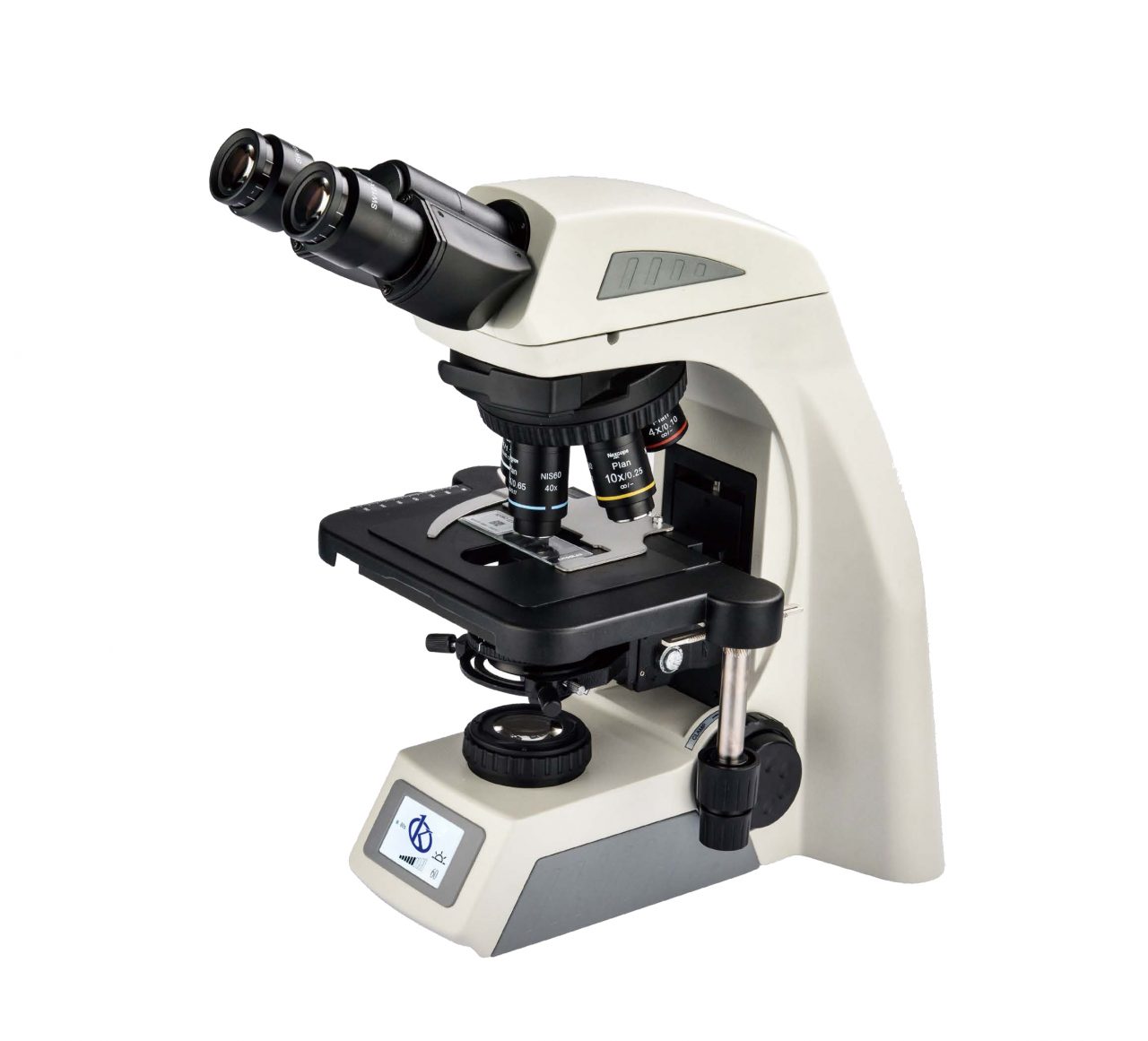The microscope is an instrument that allows observing elements or structures that can not be observed at the naked eye, through lenses, viewers and light rays, which bring or enlarge the image on scales suitable for examination and subsequent analysis. He was invented by the Dutch Zaccharias Janssen in the sixteenth century.
Microscopes for laboratory
Stereoscopic microscope:
- It makes possible the three-dimensional vision of the objects, and to achieve it uses two eyepieces (those that are close to the eye) and two objectives (those found near the sample). It is used for relatively large objects, so it requires small increases, generally 4x and 40x to 60x.
Luminous field composite microscope:
- it is the most common microscope. It is used to increase images of objects that are not visible to the naked eye. In the optical microscope the sample is illuminated by visible light. This means that there is a light focus pointing towards the sample. That same light is conducted through the objective and of the eyepiece to form the image in the eye of the observer.
Dark field microscope:
- In this microscope the light rays do not penetrate directly into the object, but it is illuminated obliquely, in this way the illuminated object disperses the light and is made visible against the dark background. It is used to analyze transparent and non-pigment biological elements, impossible to see with natural light. To achieve this, the team has a condenser that illuminates the object with an intense light, but indirectly.
Polarized light microscope:
- also known as petrographic microscope. This microscope is actually a type of optical microscope to which two polarizers have been added. This means that the light wave used to observe the sample has a specific oscillation direction. It is very useful for observing crystal structures of rocks and minerals.
Fluorescence microscope:
- Fluorescence is the property that have some substances from emitting own light when energy radiation, ie the object is illuminated with a certain wavelength, the molecules absorb it and send them light with a greater wavelength; For proper observation it is necessary to place appropriate filters below the condenser and above the objectives.
Phase Contrast Microscope:
- This microscope allows you to observe v-colored cells, so it is very useful for living cells, since as we know how to fix them and dye them implies the death of it, which can also damage or change the structure . Its foundation is based on the delay that occurs in the light waves by crossing objects of different refractive indexes, taking advantage and amplifying said delays.
Inverted microscope:
- It has an inverse arrangement in its components with respect to a conventional microscope. The light and the condenser are looking down and found on the platform, and the goals are below pointing up. This equipment allows observing organisms or fabrics in culture without prior preparation.
In Kalstein we are manufacturers and we put at your disposal an excellent range of microscopes at the best prices in the market. That’s why we invite you to take a look at: HERE

